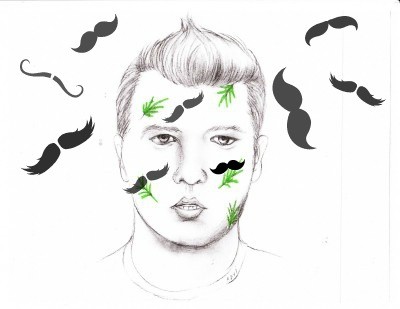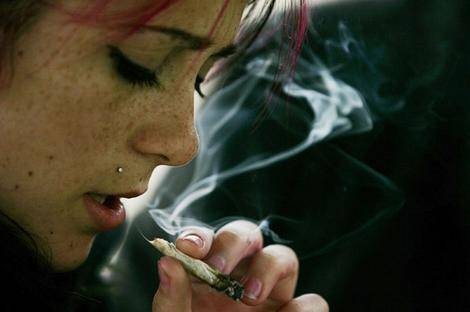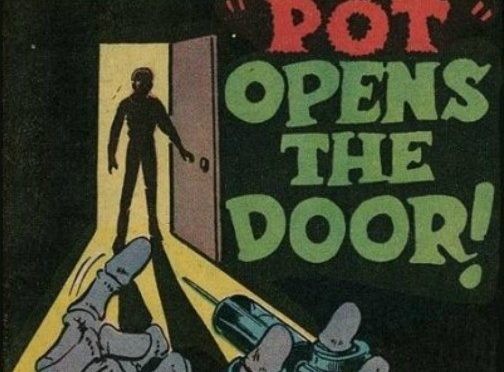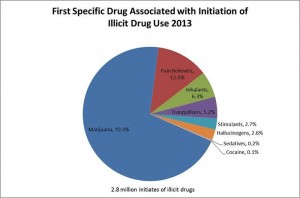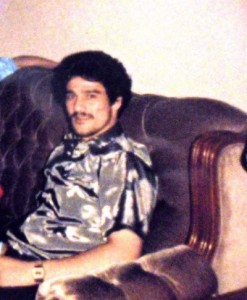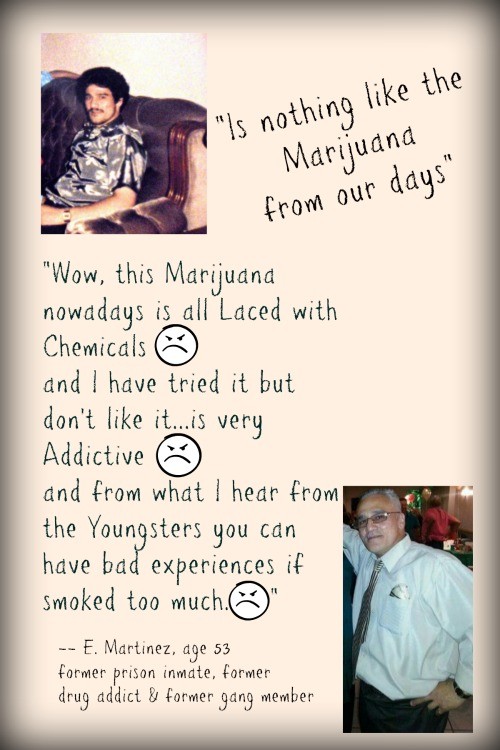Today’s pot can be far more dangerous than it used to be. There is “weed” 300-800 times stronger than it used to be, “edible cookies and candy,” and honey oil or “dabs” sometimes called hash oil, which is up to 90% THC.
I learned all of this the hard way. Thankfully, I’ve joined a group no parent would ever want to belong to called Moms Strong. How does one become a member of this group? You don’t want to know …It began 5 years ago with my gifted son who went off to college. His elite state college on the central coast warned us of the dangers of alcohol but nothing about the dangers of drugs.
He was seeking a way to belong by joining a fraternity and a consulting club, tutored students and lived in a dorm with roommates. He tried drinking, despite the warnings, but found he couldn’t handle it.
Friends in the dorm offered him pot and he thought it would be safer. That first hit took him down a long path into darkness.
By his 2nd year, there were early warning signs that things were not going well. The changes were:
- Falling off the Dean’s list
- Disconnecting from close friends and family
- Increasing fears, paranoia, insomnia and stress
- Breaking the law by selling pot to friends
- Fighting with roommates and quitting the frat
- Decreased feelings of self-worth
During his 3rd year, he went from a casual to an addicted user. From weed, he went to edibles and onto dabs which triggered psychosis within a few months. He noticed he couldn’t carry on a normal conversation or work math problems. His college friend contacted me via FB reporting my son’s disturbing voice mail:
“Hey..I’m not sure if I want to live. I’m seeing flying mustaches. So call me if you think I should live.”
We brought him home, took him to our local ER where we hoped to get help for him. The doctor thought he was having a 1st time schizophrenic outbreak, tested his blood and found “just pot” and placed him on a 72 hr. involuntary hold. It was the worst night of my life seeing my son so afraid and being powerless.
A psych expert sent him to a behavioral hospital to rule out bipolar mania.
At that hospital, the experience was a nightmare. They had no knowledge of cannabis-induced psychosis, instead diagnosed him as bipolar and prescribed Lithium. He forced to be among people trying to harm themselves or others.
That doctor suggested he take a leave from college and go into an outpatient therapy program. Within 3 days, he started smoking pot again. In a couple months, he stopped taking the Lithium as he hated how it made him feel. We were powerless over his drug use.
He returned to college for his fourth year, but then withdrew with failing grades. Just a year and a half after his 1st psychotic break, he experienced symptoms for 3 days reported by this same friend:
- Hearing voices, distrusting everyone (including his best friends)
- Getting lost in his head and then suddenly saying “That’s what they want you to believe” or “They’re coming for me.”
- Running from friends through traffic, scaring bystanders, with his friends trying to make sure he didn’t hurt himself or anyone else.
They waited for him to snap out of it, to no avail. They took him to the Emergency Room where he got no help; they called me AGAIN. We had 2 more ER visits which resulted in a medication to help the psychosis, advice on how to stop smoking pot.
My son just couldn’t kick smoking pot. Within a few weeks, his rock bottom hit when he had a car accident, totaled the vehicle, and got a DUI. Thankfully he did not harm himself or others.
He called me begging for help to quit smoking pot. We agreed he would go to a dual diagnosis drug rehab where he was first thought to be schizophrenic. But after proper medication, he was diagnosed with cannabis-induced psychosis.
My son learned he has a sensitivity to THC. He quit and is struggling to stay clean. He takes medication to counteract the THC cravings from his three-year marijuana addiction. He is still hoping to finish college and his future is still not set in stone. He doesn’t see flying mustaches any longer, or any other hallucinating visions, but it sure was scary. We are thankful that his whole life has not gone up in smoke.
Prop 64 will make it easier for anyone to try the “Russian Roulette” of today’s pot, without any warnings. Marijuana must be avoided, especially to those under age 25 — and maybe up to age 28 — because the brain is still developing, marijuana must be avoided.
Please vote No because of all the young minds that are at stake.

